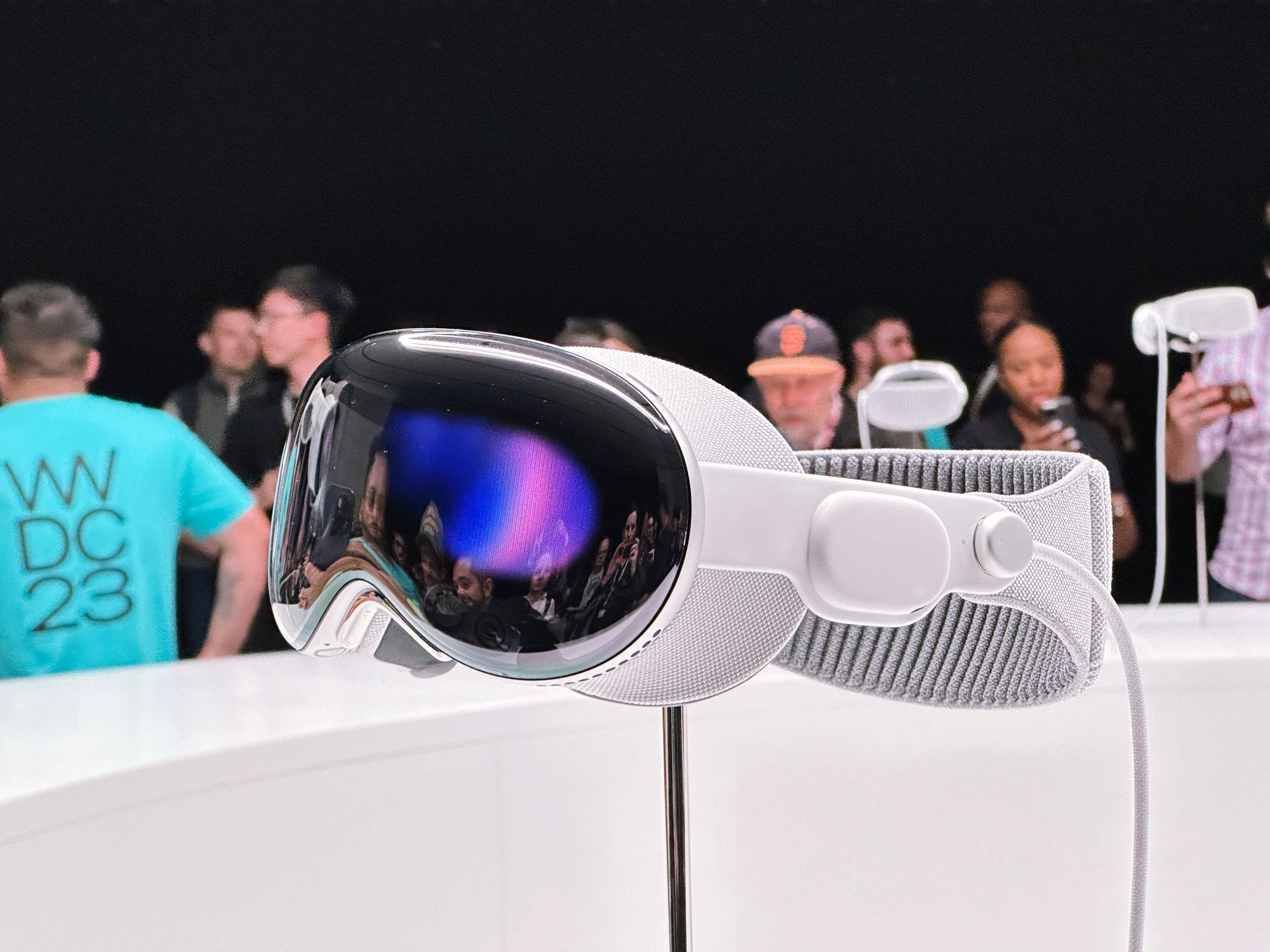Look But Don’t Touch

I haven’t yet had the opportunity to try the headset out for myself, but I’ve been having a lot of thoughts over the past few days that I wanted to write down while they’re fresh.
The first is that everyone I’ve spoken to who has tried the headset has been very impressed and has said that the responsiveness and sense of immersion in reality is unparalleled.
Everyone I’ve encountered from Apple who has worked on the headset seems incredibly proud of the result. They’re brimming with excitement in a way I’ve never seen for any other creation in recent history. (I wasn’t around Apple folks when the iPhone came out, but I get the sense that the energy was similar back then.)
I suspect the first few years will be tough for the platform. It’s going to remain prohibitively expensive for just about everyone for the first few years, and that will impact the willingness of third-party developers to experiment with it. I have no doubt it’ll be fun to work with, but if the potential audience of customers for a visionOS app is very small, it’ll be hard to justify the time and opportunity cost of building for it at the expense of other platforms.
I’m fascinated by the interaction model for visionOS. Everyone says the gaze and pinch-tap is intuitive and effective, but I’m curious to see how the available gestures evolve over time. What will be the pull-to-refresh gesture of visionOS that once discovered becomes foundational to the experience? Maybe we’ll see shake-to-undo become a gesture performed with your head rather than your hand, and it will feel like the most natural thing in the world. There’s so much I feel we’ve barely scratched the surface of, and now I’ve got myself wondering about scratchable UI paradigms.
Feeling is Believing
There is one aspect of visionOS that I worry may be a blind spot, however: physical interactions. Over the past decade, we’ve seen haptic feedback become more important to iOS, Apple’s various trackpads, and video game controllers, like PlayStation’s DualSense.
The DualSense, in particular, is a great example to consider. Not only are the haptics incredible in games like Returnal, where you feel raindrops hitting your character, but the adaptive triggers let you feel the tension in pulling back a bowstring or feel the gear shift when driving. Sure, the effect is abstract — curling your finger around a piece of textured plastic is not the same as using a bow and arrow — but the effect is convincing, and it’s very immersive.
In one of the videos shown earlier this week, we could see a visionOS user knock over a tower of stacked blocks by waving a hand *through* the blocks and watching them tumble. But your hand never makes contact with the blocks, no matter how convinced your eyes are that they’re really on the table in front of you. And I think experiences like that are going to break immersion in a way that takes the magic from the experience.
I’m a huge fan of Beat Saber. My partner got a Meta Quest 2 from her work last year, and while the hardware feels cheap and the resolution is just barely passable, none of that matters as you open Beat Saber and start slicing through blocks like you’re Ahsoka Tano, dual-wielding lightsabers.
And a big part of that experience is holding a controller in each hand like the hilt of a sword and getting haptic feedback as your blades connect with each block hurtling towards you. You forget you’re wearing the headset, you forget you’re prancing around your apartment like a fool, and you’re just there, in the game.
And I’m desperately afraid that Apple’s focus on making visionOS usable without controllers has blinded them to how much the experience can be augmented when your hands can feel what your eyes can see and your ears can hear.
Looking Forward
I think visionOS and the various headsets we’re likely to see over the next few years have a bright future ahead of them. Hopefully, Apple’s operations experts can aggressively reduce the entry price as the manufacturing processes are standardised and the hardware becomes less cutting edge.
It’s an exciting time to be a developer for Apple’s platforms.
Just don’t wear it to your kid’s birthday party.